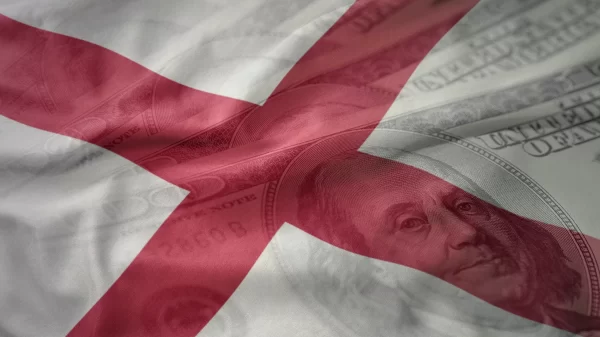By Brandon Moseley
Alabama Political Reporter
The gentian pinkroot (scientific classification is Spigelia gentianoides) is an endangered plant species found only in Florida and Alabama. The federal plan to restore the endangered species describes actions believed to be needed for the plant’s recovery and establishes criteria for the species to be reclassified as threatened in the future. The plan also estimates the time and cost of implementing the needed recovery actions.
There are only two known varieties of gentian pinkroot in the world. The more common variety is gentianoides. It is found in five locations in Jackson and Calhoun Counties in Florida and in Geneva County Alabama. The other variety, Alabamensis, survives only in forest glades in Bibb County Alabama. Some of those glades are owned by the Nature Conservancy.
Gentian pinkroot was once much more common. The small herb thrives in glens and glades in mature Longleaf pine forests which once covered most of the Southeast. Longleaf pine tolerates fire much more than does the loblolly and slash pines we plant today. Gentian pinkroot is a fire dependent species. It thrives beneath the burned out ground underneath the longleaf pines. It does not do well in loblolly pine plantations that are not managed by fire.
According to the U. S. Fish & Wildlife Service press release: “The most immediate priorities for recovering gentian pinkroot are surveying, monitoring, conducting demographic studies, improving management protocols (including the establishment of fire management regimes), and securing existing populations.”
The U.S. Fish & Wildlife Service also announced Monday that their plan to preserve critical habitat for nine Alabama and Florida mussels is to designate 1,495 miles of stream channel in Alabama and Florida as critical mussel habitat. “The proposed designation includes streams currently occupied by one or more of the species. A designation of this size is necessary to conserve all eight species and allow for their survival and recovery,” the press release said.
The U.S. FWS has also prepared an economic analysis of the cost of the mussel protection. According to U.S. FWS estimates: “Transportation and utility activities are likely to be subject to the greatest impacts at $1.02 million over 20 years; followed by development at $62,300; timber management, agriculture, and grazing activities at $56,600; and impoundments, dams, and diversions at $13,100. The Service anticipates the proposed designation will have minimal effects on dredging, channel maintenance, in-stream mining, or small businesses.” The U.S. Fish and Wildlife Service has reopened public comment on their plan for another 30 days.
The Endangered Species Act gives the federal government broad powers to regulate human activities that might harm plant and animal species that the Fish & Wildlife Services designates as endangered.
For more information contact U.S. Fish and Wildlife Service offices in Panama City, Florida,at 1601 Balboa Avenue, Panama City, Florida 32405, telephone 850-769-0552, or Daphne, Alabama at 1208-B Main Street, Daphne, Alabama 36526, telephone 251-441-5181.
To read the recovery plan for the gentian pinkroot:














































